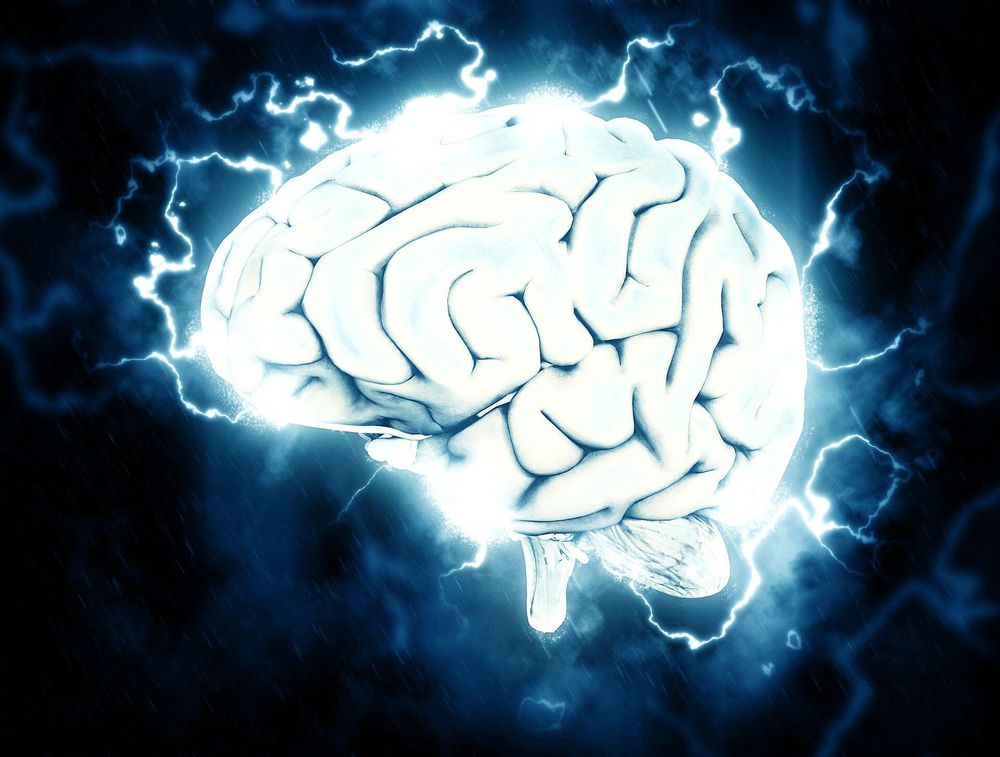While propeller planes certainly do have their place, sometimes the extra speed and thrust of a jet engine is what’s really needed. Dallas, Texas-based FusionFlight has applied that sort of thinking to quadcopter-style drones, resulting in the AB5 JetQuad.
According to the company, the AB5 is “the world’s smallest and most powerful jet-powered drone with vertical take-off and landing [VTOL] capabilities.”
Instead of the usual four electric motors and propellers, the current prototype has four diesel-powered microturbine jet engines which produce a combined 200 horsepower (149 kW) at full throttle. Thanks to a proprietary vectoring system known as the H-Configuration, the thrust from these engines can be directed either to move the drone vertically when taking off and landing, or horizontally while in flight.







